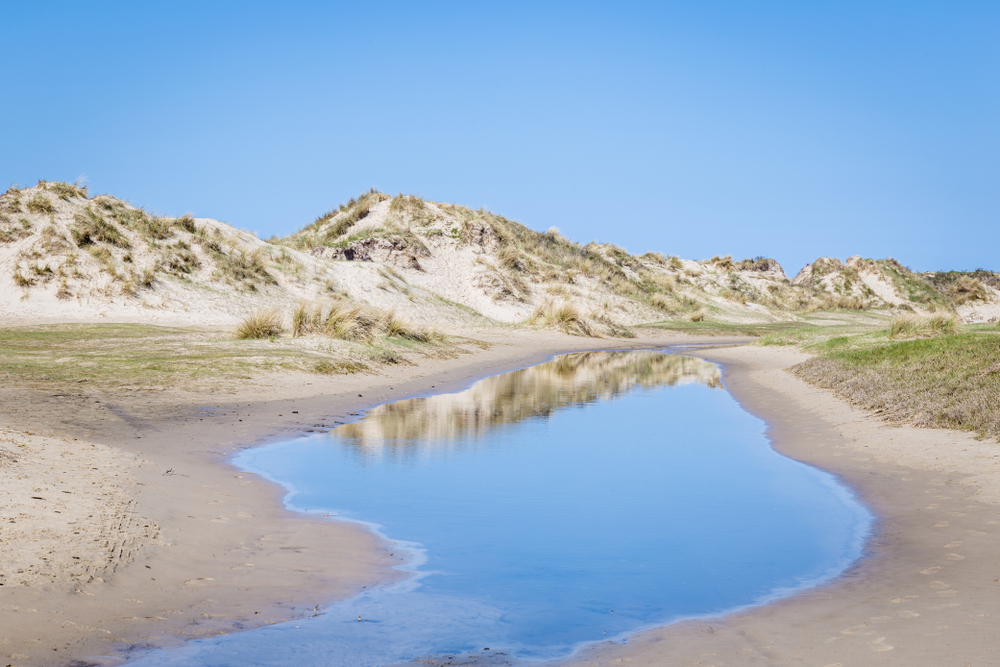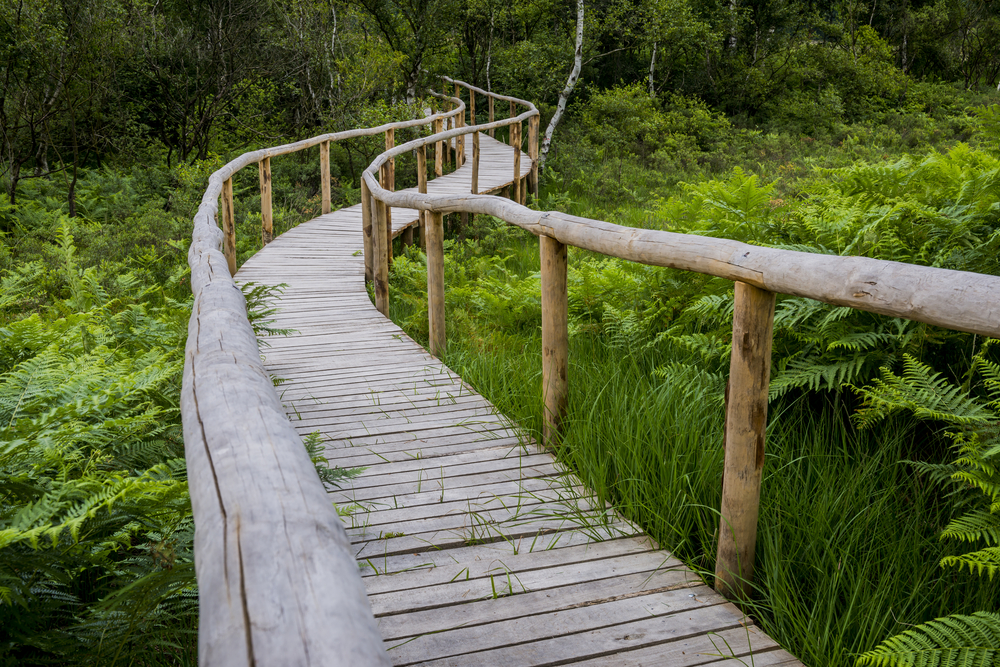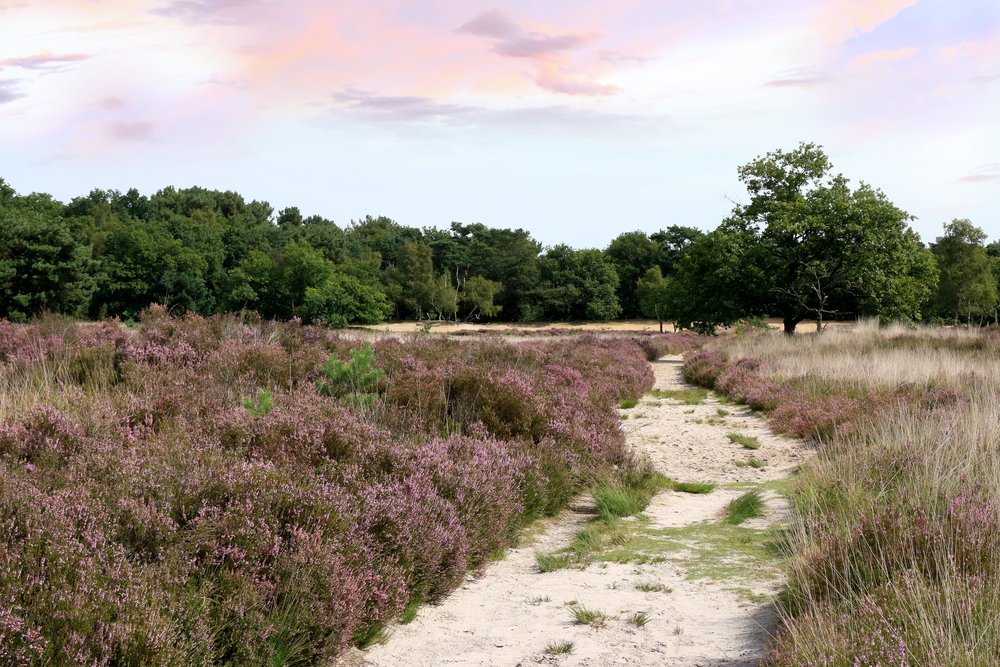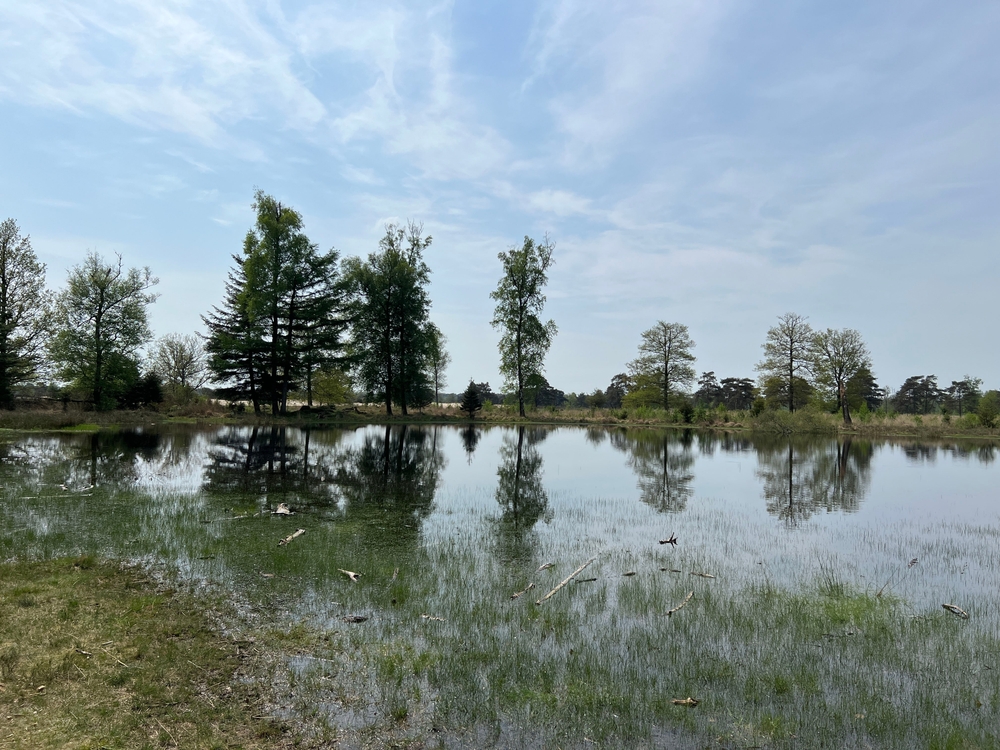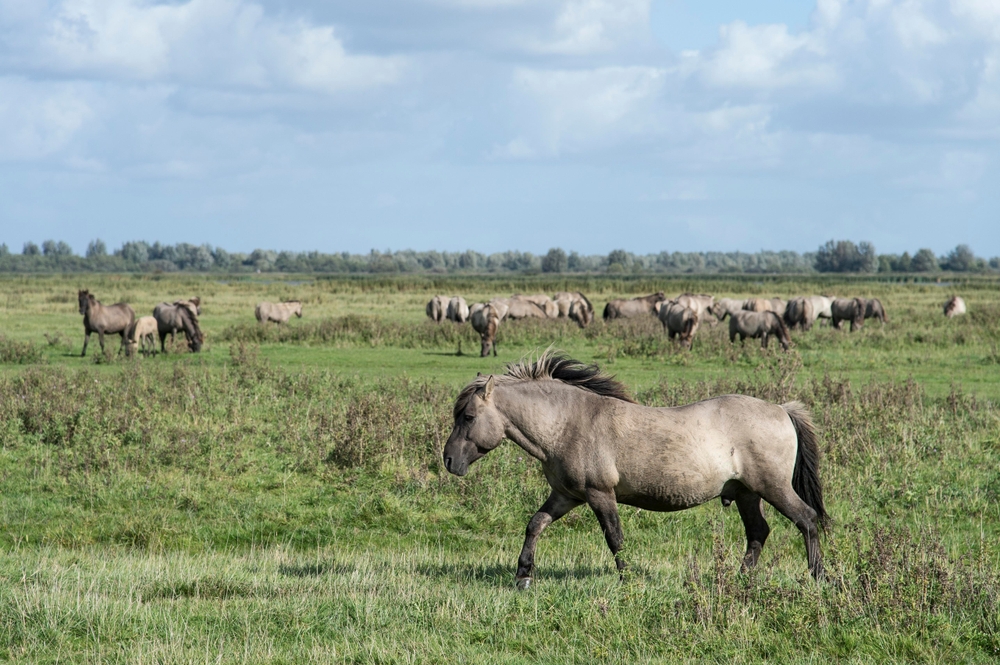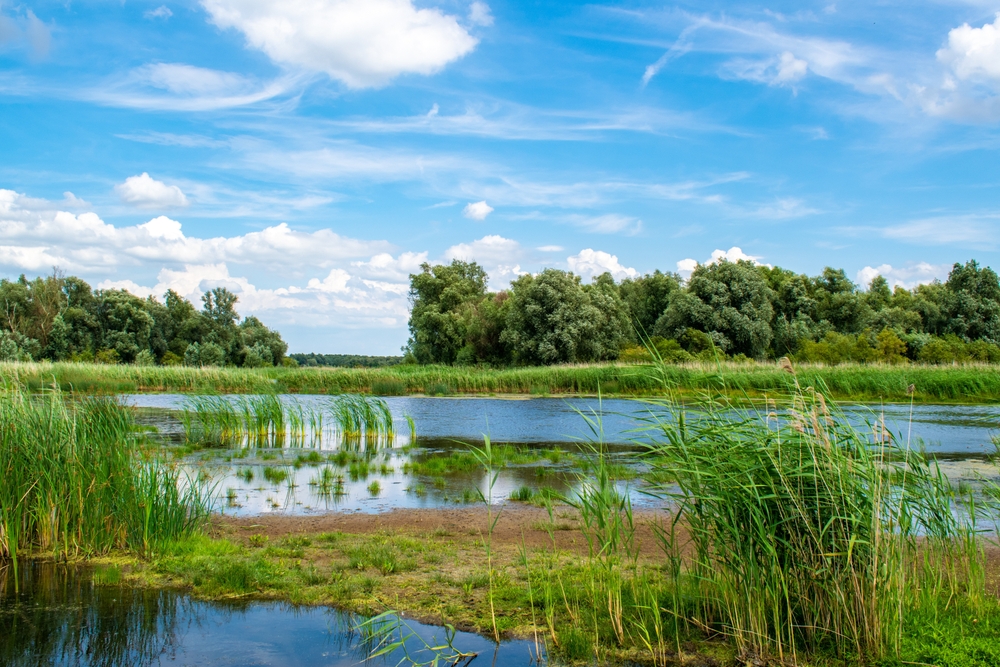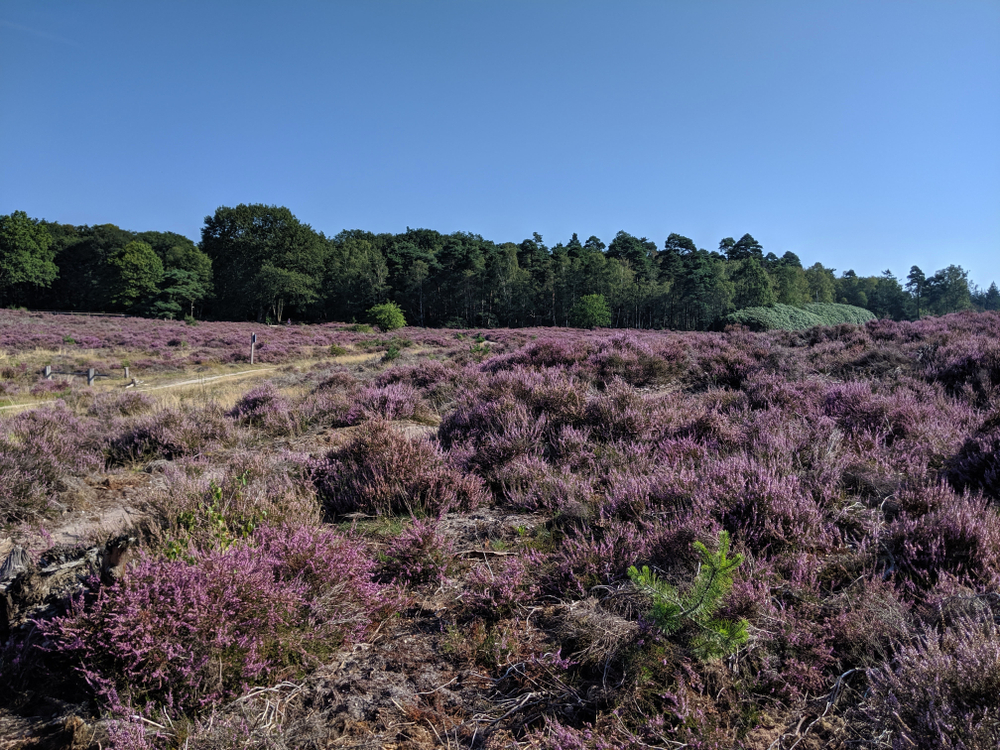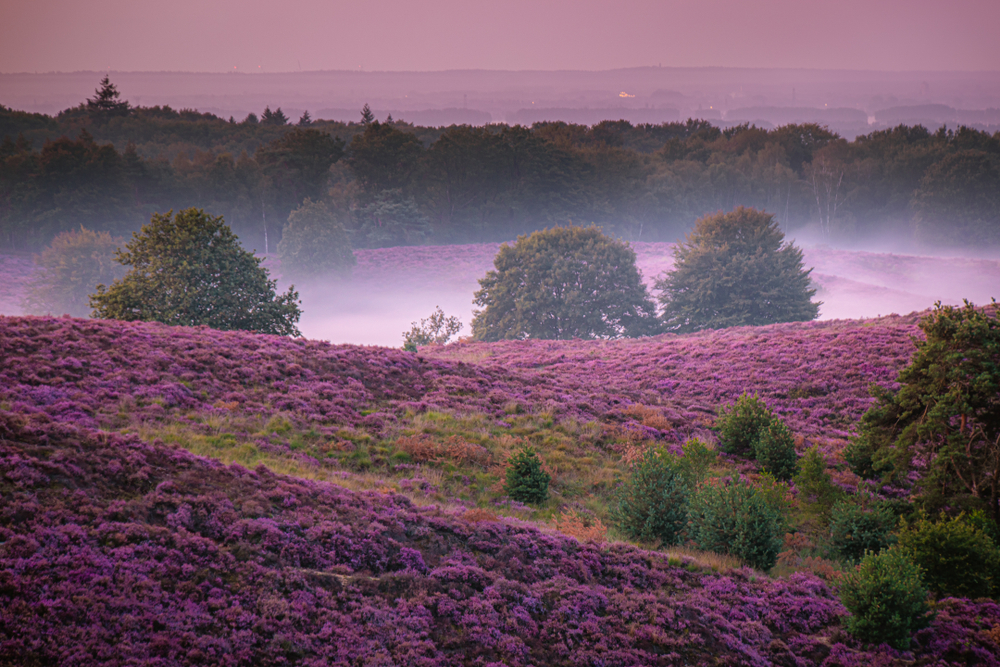Schiermonnikoog Overview
Schiermonnikoog National Park, known locally as Nationaal Park Schiermonnikoog, is a protected area in the northern Netherlands, covering approximately 21 square miles (55 square kilometers).
Situated on Schiermonnikoog Island in the Wadden Sea, this national park is the smallest and least populated of the Frisian Islands. It is recognized as part of the UNESCO World Heritage-listed Wadden Sea, a crucial habitat for migratory birds and marine life.
The park is known for its pristine, ever-changing landscapes formed by wind and tides, including expansive sand dunes, salt marshes, mudflats, forests, and beaches. Schiermonnikoog boasts the widest beach in Europe, which stretches for miles and shifts naturally with the elements.
The park’s terrain is shaped by its coastal and marine influences, featuring an intricate mix of sandbanks, tidal flats, and meandering dunes. The Westerplas, a freshwater lake, serves as an important refuge for bird species. The island’s vegetative cover varies from dune grasslands to dense thickets of sea buckthorn and alder forests.
Salt marshes on the eastern side of the island provide a unique ecosystem where salt-tolerant plants such as sea lavender and samphire thrive. Over time, natural processes continuously reshape the land, making it one of the most dynamic landscapes in the Netherlands.
Wildlife is abundant in Schiermonnikoog National Park, with birdlife being one of its defining features. It is a prime location for birdwatching, with more than 300 recorded species. Migratory birds, such as brent geese, redshanks, and spoonbills, find sanctuary here, particularly in the extensive mudflats and marshlands.
Eurasian oystercatchers, avocets, and curlews are commonly spotted along the coastline. Mammals include common and grey seals, which haul out onto the sandbanks to rest and breed. Rabbits and roe deer inhabit the island’s dunes and forests, while the waters surrounding the park are home to various fish species and invertebrates.
Among its most popular attractions, the expansive beaches offer opportunities for long walks, shell collecting, and wildlife spotting. The Westerplas bird hide allows visitors to observe waterfowl in a peaceful setting. Bicycling is the preferred mode of exploration, with well-maintained trails winding through dunes, polders, and woodlands.
The tidal flats, accessible during guided excursions, provide an immersive experience in the park’s marine ecosystem, where visitors can witness the teeming life of the Wadden Sea. During low tide, mudflat hiking (wadlopen) is a unique activity that allows adventurers to walk across the seabed.
Schiermonnikoog National Park faces conservation challenges due to climate change, rising sea levels, and human impact on delicate ecosystems. Coastal erosion and shifting dunes require careful monitoring, while efforts to protect bird habitats are ongoing.
The park’s management emphasizes sustainable tourism, limiting motorized traffic and promoting eco-friendly exploration. Conservation successes include the steady recovery of grey seal populations and the thriving presence of rare bird species due to habitat protection initiatives. Schiermonnikoog remains a sanctuary of tranquility, where nature is allowed to evolve freely under careful stewardship.








































































